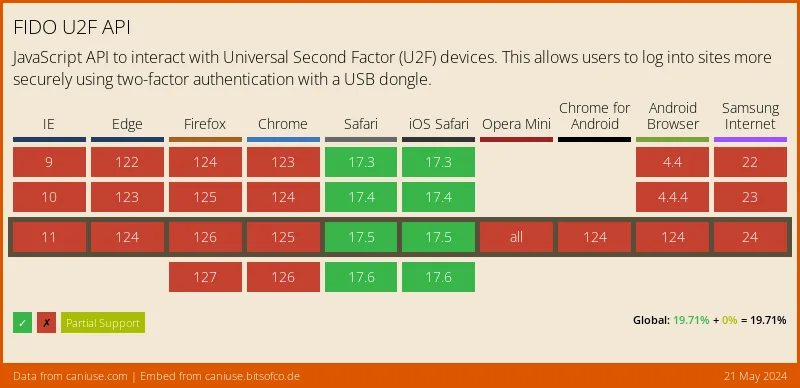Phoronix: OpenSSH 8.4 Brings Better Support For FIDO/2FA Keys
Version 8.4 of OpenSSH has been released and among its wide assortment of changes is a lot of continued work on FIDO/2FA key handling...
Version 8.4 of OpenSSH has been released and among its wide assortment of changes is a lot of continued work on FIDO/2FA key handling...



Comment